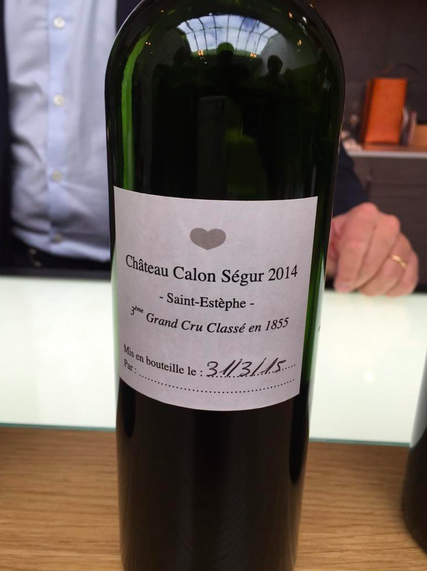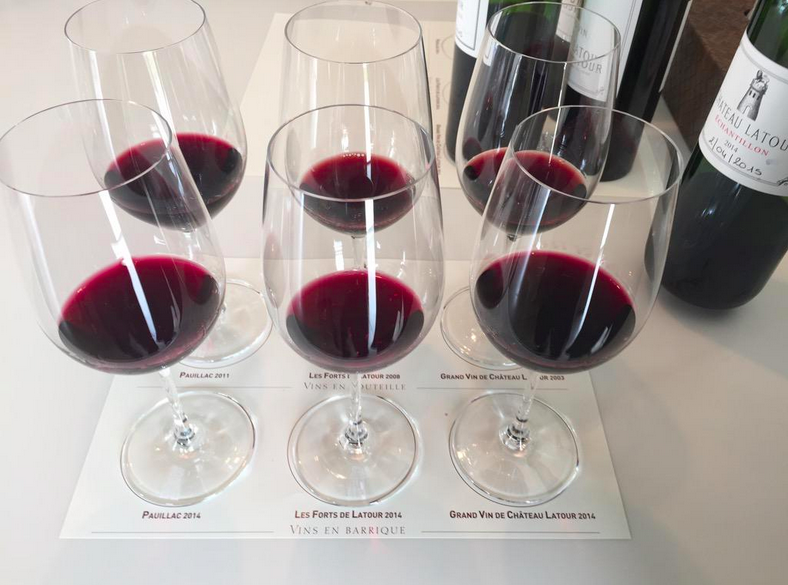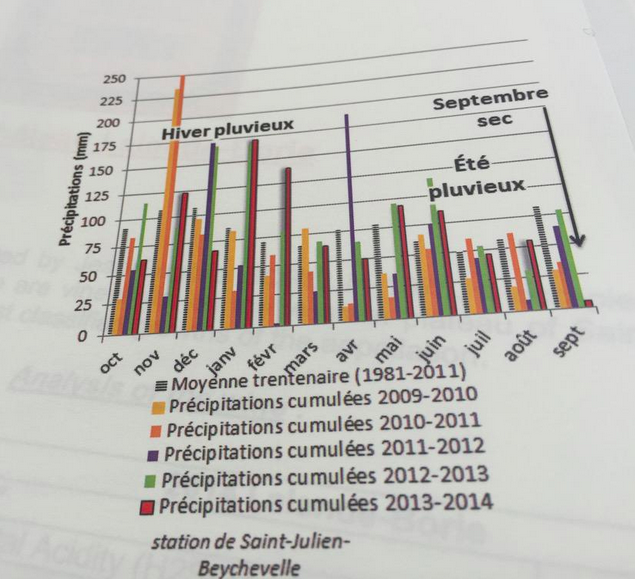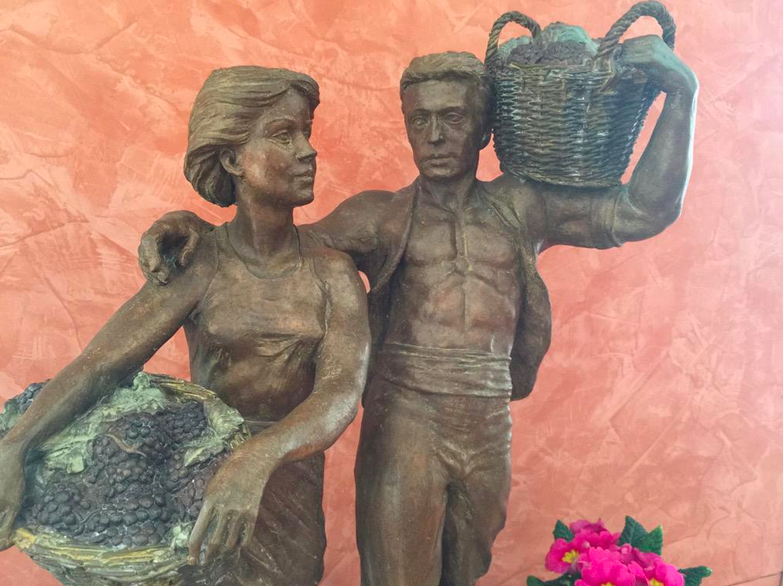2014 Bordeaux - The Vintage
by demetraWO#11:00:41:817
2015-05-22
There are some beautiful wines in 2014, a vintage that (at it’s best) is qualitatively superior to any of the preceding years 2011-2013. On the other hand, it is not a 2000, 2005 or 2010. The vintage is heterogeneous; it is not therefore not recommended to buy broadly, and demands research into the best wines.
Most successful will be those producers who didn’t over extract. At Calon Ségur they summed it up with ‘everything had to be soft this year’ (to make great wine). Those who tried hard to push the possibilities from the available grape must will have run the risk of having made unlovely wines.

In Pessac-Leognan and the Libournais, in those cases where wines were rather more extracted, it seems to have resulted in sharp wines with bitter, tinged-green tannins. According to one producer this is due to the phenolic maturity of the grape pips. Consequently these were my least favourite sub-regions this year. In the blue-chip appellations of the Medoc peninsular, the wines were more homogeneous (with the exception of the generally unpleasant Haut Medocs), and in the communes of St. Julien, Pauillac and St. Estephe the year was a success.
At its best it will be a fine, classic vintage of wines that will give medium+ term pleasure. At its worst there will be wines that are angular, sharp and of questionable balance.
Many producers were not keen to compare 2014 to 2008, which does seem to be its closest benchmark if one had to only select one vintage. There is freshness across the board, and when combined with the vintage’s juicy fruit, has created appetising wines with substance and character.
Some, such as Chateau Latour, did compare 2014 outright with 2008, and perhaps it’s little coincidence that they do not need to sell this vintage, given their withdrawal from the en primeur release schedule. Others pointed to the pretty, succulent nature of the vintage (at its best), reminiscent of 1983 crossed with the structure of 2008.

This was a late vintage, the summer was dreadful but the autumn was dry and sunny; a perfect Indian summer allowing producers to pick more or less at their leisure. There’s a saying that ‘ Août fait Le Moût ‘ (literally August makes the must – meaning the quality of a wine is forged by the August sun). This is typically when véraison takes place (the period during which the colour of the grapes change to their harvest colour). That wasn’t the case this year: the summer was poor and August cold. The prolonged, sunny autumn of much warmer than average days and cool nights made up a good chunk of that phenolic maturity gap, but did it completely totally compensate? Not entirely across the board it seems.

Two grape varieties that seem to have outperformed this year were Cabernet Franc and Petit Verdot. These varieties appear to exert disproportionate influence over the character and complexity of wines in 2014, belying the small proportions they generally contribute to Bordeaux blends. Conditions in 2014 enabled both these varieties to be picked at optimal maturity, subject to the soil composition on which they are sited.
If the Chateaux price to within a few percent of their 2013 releases, it is expected that the better wines will sell en primeur in April or May due to the weakened euro, especially versus the dollar.
Looking at it differently, consumers are most likely to buy if this vintage is priced to a discount of around 20% versus current low market 2008 prices. Here’s why:
There are only two reasons to buy early: scarcity and price. Since scarcity is merely a relative term in Bordeaux where quantities produced are generally vast, that leaves price. The consumer has traditionally played the role of stockholder for en primeur releases. There is no reason to assume the risk of tying money up early, losing its opportunity cost, and incurring storage charges unless there’s a strong financial reason to buy up front. That traditional purchase proposition is compounded by the losses consumers are sitting on in respect of the 2009 and 2010 vintages and certain 2006s.
If producers push the price increases further, ignoring the personal and behavioural economic reasons why consumers buy (because it’s a better vintage than 2011-13) there will be even less reason to buy these wines early. And that will be have been an opportunity missed to positively influence sentiment towards Bordeaux.
Nick Martin

Posted in:
Fine wine pricing and valuations, Market news and analysis,
Tags:
Bbx2014, Bordeaux, Bordeaux 2014, Bordeaux en primeur, Bordeaux wines, en primeur, en primeur pricing, fine wine, Wine, wine pricing,

